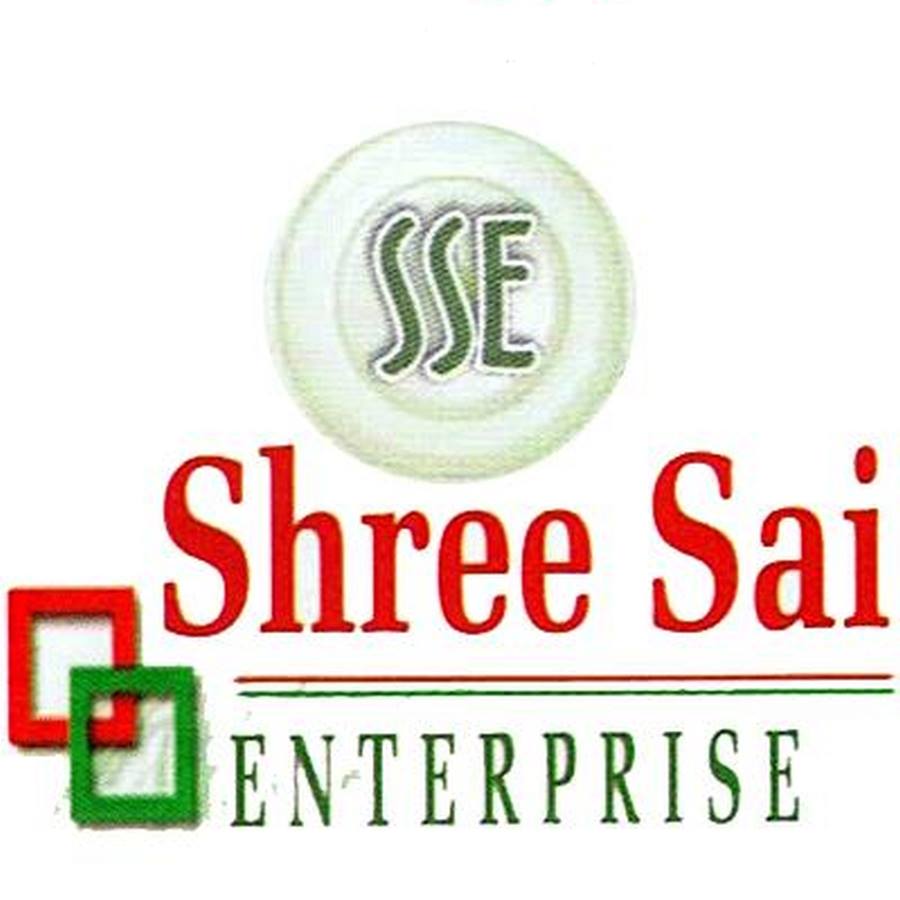
| CIN | Not Available |
|---|---|
| Year Established | Not Available |
| Address | Not Available |
| Company Status | Not Available |
Overall Case Outcomes
Introduction
When it comes to real estate, the choice of a builder can significantly impact your investment and overall experience. In this blog post, we dive into the reputation of Shree Sai Enterprise, a builder primarily operating in Gujarat. With several legal complaints and a record of cases lost, prospective buyers may want to tread carefully before making any commitments.
Builder Overview
Shree Sai Enterprise has faced a total of 4 complaints, all of which have resulted in losing cases, indicating a concerning pattern regarding their adherence to regulations. The builder has not won any of the cases against them, further suggesting a lack of compliance with legal requirements in their operations.Legal Case Details
The specific cases reveal a consistent issue with failing to file required quarterly reports in accordance with instructions from the Gujarat Real Estate Regulatory Authority (RERA). Here’s a summary of the …Cases Lost by Builder (When Defending)
Yearly Trend for these Cases
Common Topics
Analysis of the cases filed against Shree Sai Enterprise, where the builder lost, reveals several key themes across the various disputes. The cases primarily revolve around the builder's failure to comply with the reporting requirements set forth by the Real Estate Regulatory Authority (RERA).
The most notable theme is the recurring issue of Non-compliance with RERA Reporting. In multiple instances, the builder failed to file quarterly reports on their projects as mandated by the RERA regulations. This led to a series of penalties, highlighting the importance of adhering to these legal requirements in the real estate sector.
Closely tied to the first theme is Penalties for Late Filings, which reflects the direct consequences faced by the builder for their non-compliance. The RERA authority imposed penalties of up to 5% of the estimated cost of each project, demonstrating not only the legal obligations of builders but also …
Builder Reviews
No reviews for this builder yet. Be the first one to share your thoughts!
Submit Your Review
Interested in buying from SHREE SAI ENTERPRISE?
Leave your details – our team will call you back within 5 minutes.